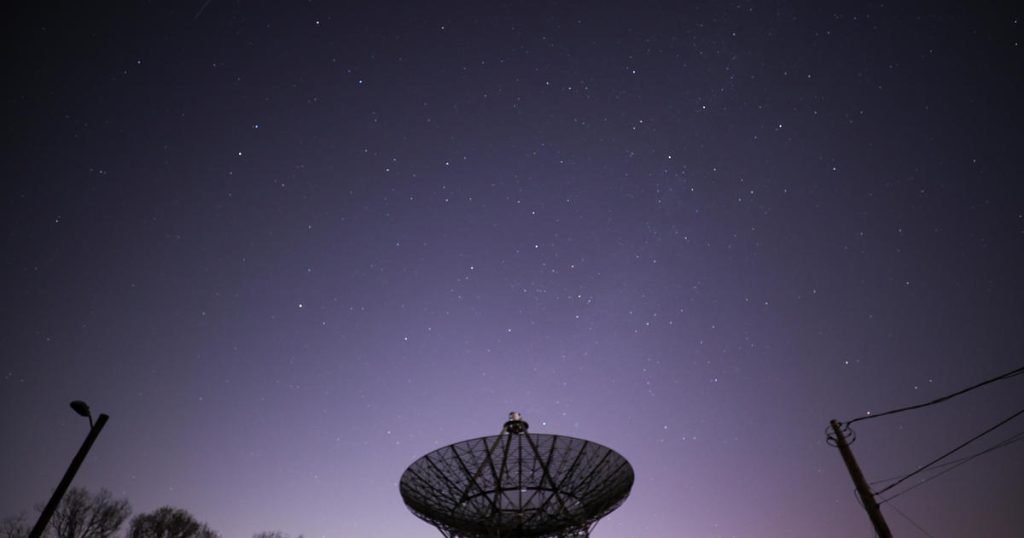The Lyrids meteor shower is set to peak overnight Sunday into Monday, according to NASA. The moon will be in its Waxing Gibbous stage, making it difficult to see meteors. Even in ideal conditions away from city lights, only a few meteors per hour are expected to be visible to the naked eye. The Lyrids meteor shower is one of the oldest known meteor showers, with a history of being observed for 2,700 years.
The best time to see the Lyrid meteor shower is overnight Sunday into Monday. Viewers are recommended to go to country locations with dark and clear skies. Placing oneself in the moon’s shadow can help in watching the meteor shower. There may be surges during the Lyrids meteor shower that can bring rates of up to 100 meteors per hour, but due to the bright moon this year, viewers may only see 10 to 15 meteors per hour in a dark sky with no moon.
Meteor showers occur when many meteors hit Earth’s atmosphere over a short period of time, leaving streaks of light caused by glowing, hot air as they speed through the atmosphere. While most meteors burn up as they fall, some survive and reach Earth, becoming meteorites. In addition to the Lyrids meteor shower, astronomy fans can also look out for the Pink Moon this month as April’s full moon rises. The Eta Aquariids meteor shower is estimated to peak in May, known for its speed and minimal moonlight interference.
The Flower Moon will peak in May as well, offering astronomy enthusiasts another opportunity to observe a full moon. NASA provides specific moonrise times for different ZIP codes across the United States, allowing viewers to plan their sky watching experience accordingly. The Eta Aquariids meteor shower, set to peak in early May, will provide another chance for viewers to enjoy a celestial event. With these various meteor showers and full moons occurring in the spring season, there are plenty of opportunities for astronomy fans to look up and appreciate the wonders of the night sky.


